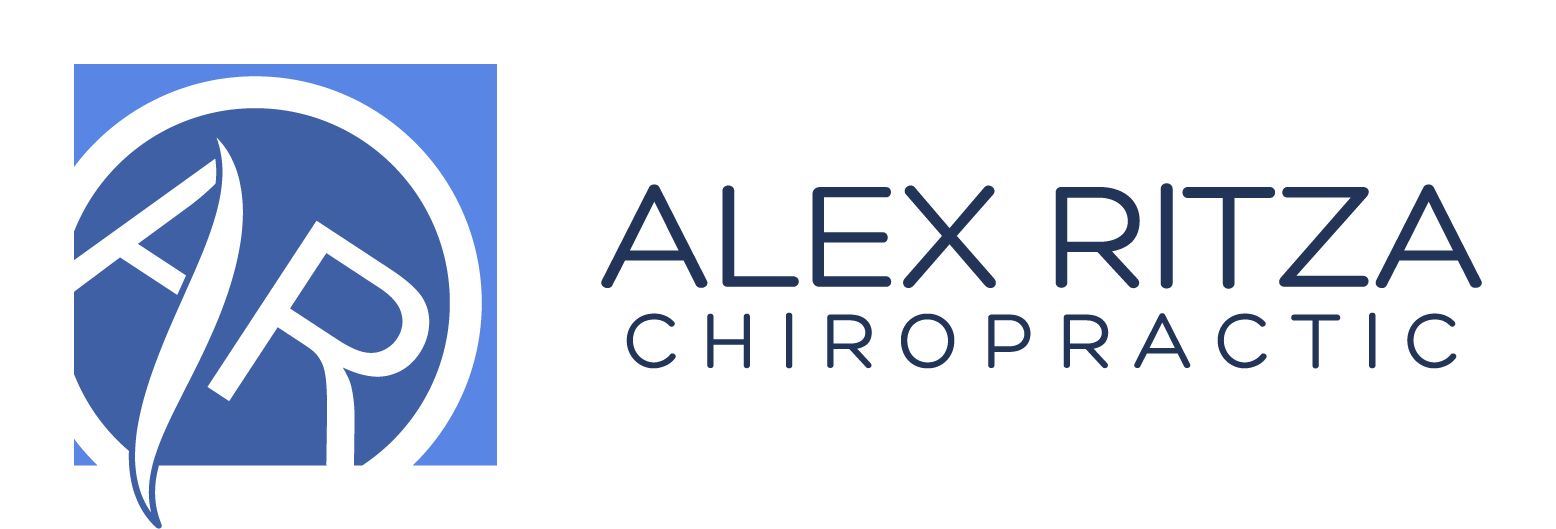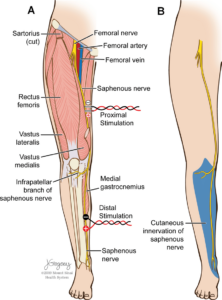How To Strengthen Your Core Safely | Dr Alex Ritza
I know I should Move More But Where Do I Start?
Would you ever ask a toddler to walk before they could crawl? How about sprint? Of course not!
We know that children move through a predictable series of proficiencies that allows them to move onto more challenging movement patterns and skills: shuffle, then crawl, then walk (kind of) and then run.
The spine and its supporting core muscles are no different. There are necessary skills that are required by the core tissues in order to protect the spine and its carefully guarded nervous system. The core tissues include all of the nerves, muscles, joints, ligaments, bones and fascia that extend from the glutes to your chest. They must be strong and coordinated to ensure that the spine moves in a precise and stable manner while keeping the body upright and sometimes transferring hundreds of pounds of force between the upper and lower limbs.
Most people who are returning to exercise or starting for the first time often start in the wrong place! The tendency for most is to begin running, lifting heavy weights or playing sports like they used to. Their brain might be ready but in more cases, the core muscles, spine stabilizers and connective tissues of the body are not and can be detained for months or years of inactivity. This metaphorical “run before you crawl” scenario can have serious consequences for the body!
Core problems in the spine and nervous system can arise from poor protection by the core tissues. Our ability to do lifts in the gym, boot camps, sports or even activities of daily living requires the safe protection of our spine and nervous system with effective core tissues.
MOVE HEAVY (THINGS) – MOVE FAST & OFTEN – MOVE STABLY – MOVE FULLY
In our MOVE Curriculum – available for free download HERE – breaks down the movements your body requires to be healthy into four distinct disciplines or habits.
We are designed to move this way and your body needs it to be healthy.
- MOVE STABLY
We must have a protective cradle around the spine and nervous system. The nervous system’s optimal function and integrity are required for health and the core must protect it.
- MOVE FULLY
We must be able to move all our joints through their full range of motion in a safe and controlled manner. Happy joints are needed for longevity and to avoid injury.
- MOVE FAST & OFTEN
We must be able to move between points A and B. The body is required to be exposed to regular dynamic movement for optimal physiological adaptation.
- MOVE HEAVY THINGS
We must have the ability to move against resistance in the environment. Strength is a requirement for the survival and longevity of the human structure
START WITH YOUR CORE. IT PROTECTS YOUR MOST IMPORTANT ORGAN.
As mentioned previously, most people start with fast dynamic movement and/or lifting weights that their body might not be capable of doing, which could put the spine or other core-stabilized joints at serious risk of injury! This would be analogous to me trying to run a marathon tomorrow: I definitely have the cardiovascular capability to move enough oxygen around and could easily exercise for 3-4 hours straight. However, I do not have the months and years of strength that is accrued in the connective tissues, muscles and joints that come from millions of steps and all of the body’s adaptations to slamming against the hard pavement over and over.
For the best long-term and consistent results, it is most important to build a solid metaphorical foundation and that means literally building a solid core and healthy spine that will be able to sustain whatever exercises you eventually want to do!
MOVE STABLY – Start With A Stable Spine And Nervous System
We have broken down human movement into 7 Corrective Exercises (skills) that represent the basic required movement patterns needed to build a functional core that protects the spine and nervous system. We need to use these movement skills every single day. Research has shown that an inability to perform these during the simplest of movements can lead to core problems with the spine and nervous system. If you cannot engage the core or hip hinge then a good squat is simply out of the question!
Every patient I take on receives these skills as their first piece of movement. The key to building a health problem and correcting any Core Problems that exist depends on retaining the spine to move properly and in a way that won’t undo all the benefits of Corrective Chiropractic Care.
Follow the links below to watch each of the instructional videos.
Corrective Exercises Stage 1
Watch the instructional video: https://www.youtube.com/watch?v=3-dhUhcO6LU
Stage 1 can take hours to weeks to complete based on your ability to control your core when you begin. Whenever you can perform all of these requisite skills properly, you can move on to Corrective Exercises Stage 2 and the other components of the MOVE Curriculum.
Perform these exercises daily for optimal results until graduating to Stage 2.
NOW, WHAT DO I DO?
Whether it takes someone 10 minutes or 10 days to show me they can perform these skills, I have never had a patient who is unable to relearn how to move their spine and control their core properly. How long it takes you is largely going to be an issue or practice – and how recently and often you have practised these skills correctly.
Once you are feeling confident with the skills then move forward with the second stage of corrective exercises in the MOVE Curriculum. Here you will see some more exciting and strength-challenging core exercises that you might have expected to start with. I for one do not do much beyond these exercises to keep my core strong and unless you are an exceptional athlete, odds are they are going to be perfect in helping you reach your goals.
Happy New Year and best of luck!




